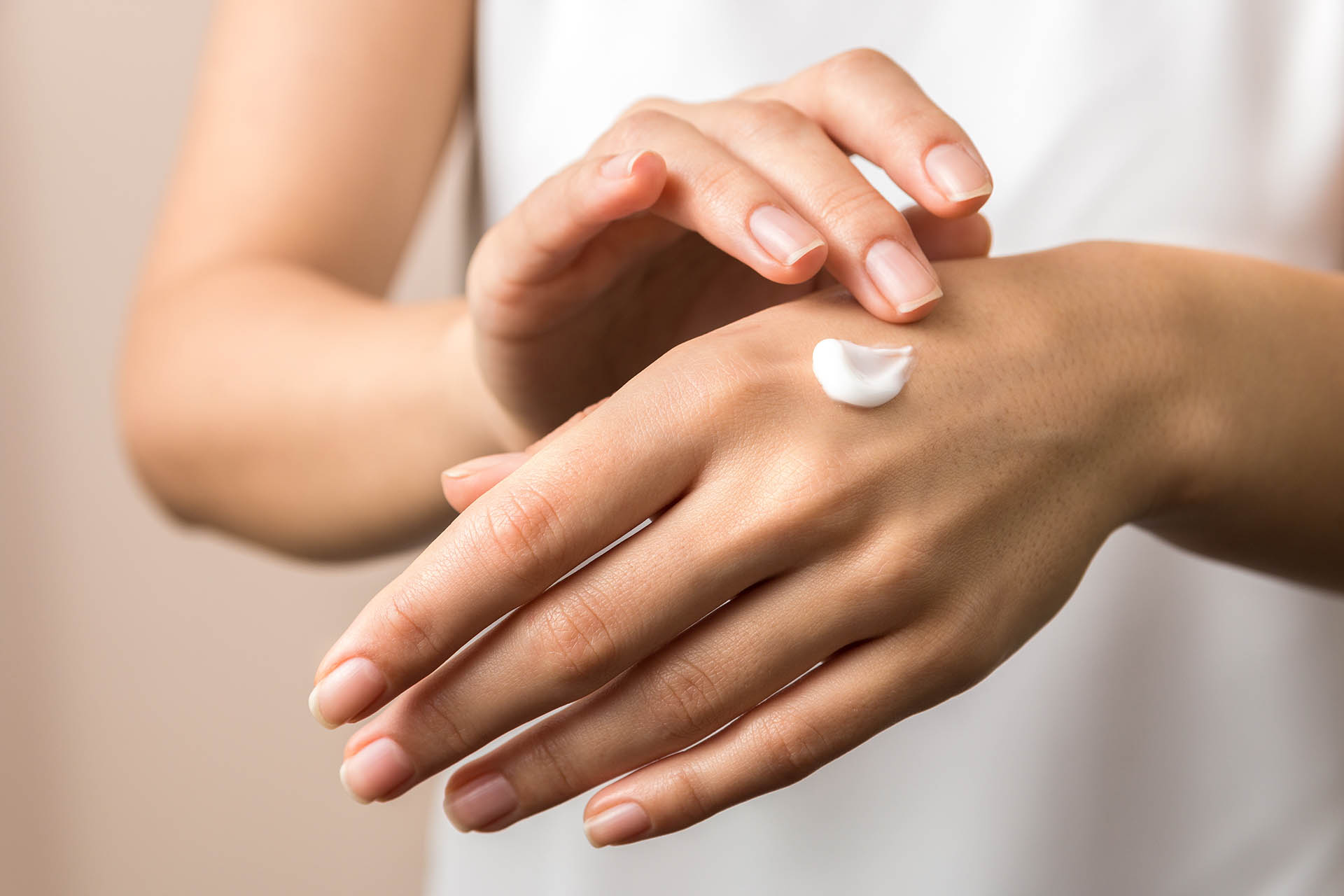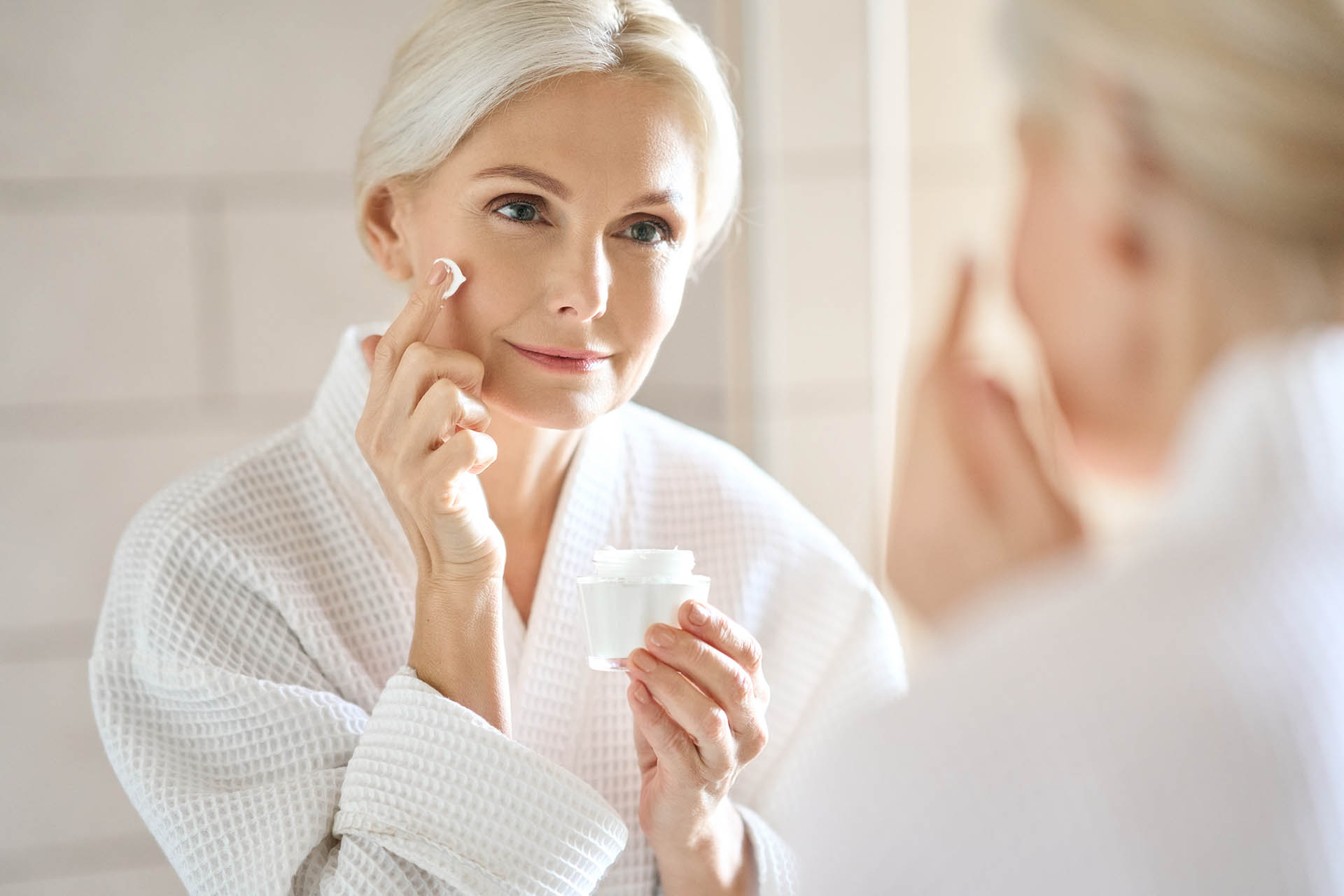An essential component of any skincare routine, moisturisers have come a long way over the years. Now we have literally hundreds to choose from, so how do we pick which one is right for us?
All about Moisturisers
What are moisturisers?
Moisturisers are products that increase the moisture content of the skin, and help to keep the skin barrier intact. The main categories of moisturising ingredients are emollients, humectants and occlusive agents. Emollients smooth and soften the skin surface, examples include dimethicone as well as plant and mineral oils. Humectants draw water into the skin, increasing its moisture content. Examples include glycerine, propylene glycol, urea, hyaluronic acid and alpha hydroxy acids. Occlusives reduce water loss through the skin. Examples include petroleum jelly, lanolin, mineral oil and silicones. Most moisturisers contain a combination of moisturizing ingredients.
What’s the difference between the different types of moisturiser?
Moisturisers are available in several forms, including gels, lotions, creams, ointments and balms. The main differences are in the consistency, and the ratio of water to oil.
Moisturising gels are generally oil-free, light in texture and best suited for oily skin types. They’re less hydrating than other types of moisturiser.
Lotions are lighter in consistency than creams, with a higher water content compared to oil content. They’re quickly absorbed into the skin, and are suitable for those with normal to slightly dry skin.
Creams are usually equal parts oil and water, and are thicker in consistency than lotions but lighter than balms and ointments. They’re suitable for dry to very dry skin.
Ointments contain more oil than water, and are quite thick and greasy. They’re excellent at trapping water in the skin, but can feel very heavy, so are best saved for extremely dry skin, or problematic areas such as elbows, hands and heels.
Balms usually don’t contain any water, and have an oil or wax base. Like ointments, these trap water in the skin, and are useful for very dry skin.
How do I choose a moisturiser?
When choosing a moisturiser, first consider your skin type – is it oily, combination, normal or dry? Oily or combination skin may do best with a gel or lotion, normal skin is generally best served with a lotion, and dry skin usually requires a cream or balm.
Next, consider when you’ll be using this moisturiser – in the morning, under makeup, or in the evening, before bed? Some creams and balms may feel too thick to use underneath makeup, so are best saved for evening use, while lotions are absorbed more quickly, so usually sit well under makeup.
Once you’ve decided the type of moisturiser that’s best for you, you can then consider what ingredients it contains. Fragrance-free products are best, to reduce any potential for irritation. Some moisturisers contain ingredients such as ceramides, hyaluronic acid and niacinamide, which can help improve hydration and the skin barrier function. These can be particularly useful if you’re prone to eczema or rosacea.
Should I spend a lot of money on a moisturiser?
No! Moisturisers don’t need to be expensive to be effective, and many well-known pharmacy brands are excellent quality and inexpensive. Save your money for a good, multi-tasking antioxidant or retinoid. However, if you have a moisturiser you love and it’s costly, by all means please keep using it – just know that spending a lot of money isn’t essential.
Do I need a different moisturiser for different times of the day?
Not necessarily. Some people use the same moisturiser in the morning and night without any issue – if this is you, please carry on! If you find your skin tends towards the dry side, you may choose to use a thicker cream, ointment or balm in the evening, and stick to a lighter lotion or cream in the morning which may sit better under sunscreen and makeup. If you find your moisturiser feels too thick to use underneath sunscreen and makeup, you may look for something lighter to use in the morning, such as a lotion or gel, and save your heavier moisturiser for the evening.
Do I need a different moisturiser for different seasons?
Many people find their skin feels a little drier in winter. If this is you, you may consider switching to a heavier cream, ointment or balm in the winter months, and using a lighter lotion in summer. If your skin feels similar all year round, then it’s absolutely fine to use the same products throughout the year.





